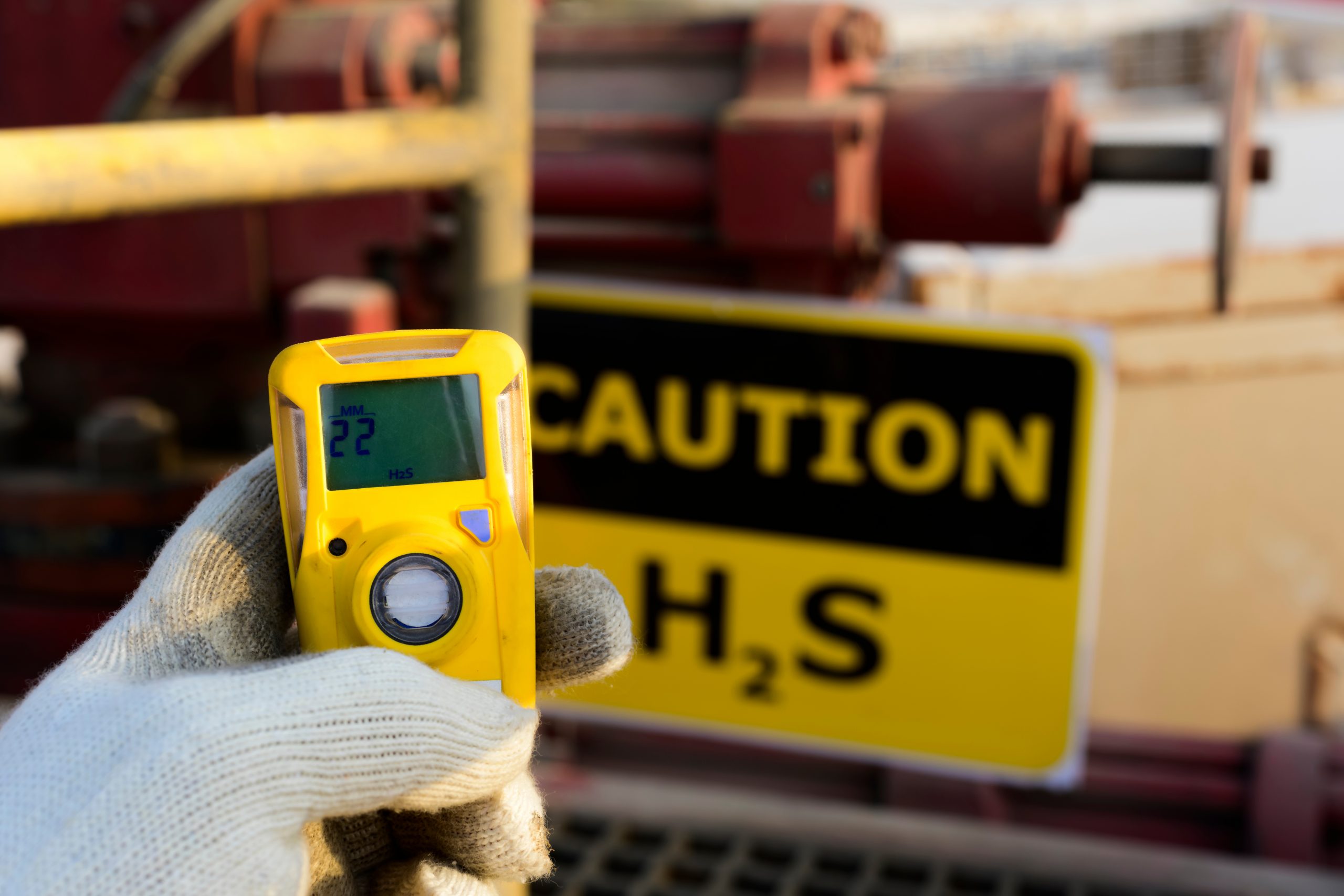
AT NAKASAWA RESOURCES, WE ARE COMMITTED TO REDUCING THE RISKS ASSOCIATED WITH H2S GAS EXPOSURE FOR OUR EMPLOYEES.
Unconventional reservoirs, particularly those associated with heavy and extra-heavy oil, are linked to the implementation of enhanced recovery technologies. Currently, these are increasingly effective in increasing their recovery factor and profitability. Nevertheless, the production of H2S gas, an element of oil and gas production, represents an exponential risk since it can turn a work area into a potentially hazardous atmosphere.
Now, living in such a situation is not difficult. Primarily when the risks involved in its exposure are known and, adequate measures are taken to protect the worker as a direct consequence of the performance of his activities in his workplace. For this reason, it becomes essential to identify, evaluate, monitor concentrations and establish
control measures in the work environment. For example, in Cyclic Steam Injection projects, the conditions of the work environment are evaluated to determine if there is any factor or agent of danger due to the presence of hydrogen sulfide (H2S) in the environment in order to take the necessary preventive measures for monitoring and control and to authorize the safe entry of personnel to the area where the equipment for the generation and injection of steam is located.
At Nakasawa Resources, we are committed to providing a safe working environment for our employees. To this end, we ensure that we minimize and control the risks associated with exposure to H2S gas by identifying and assessing the hazardous atmospheres that may be present.
In addition, working under the standards, practices, and procedures established by the HSE, we ensure continuous monitoring and control of work atmospheres by incorporating gas analyzer equipment and air in the area in order to reduce and control the exposure of our employees to hazardous atmospheres with concentrations of these gases.
To download the article, click here.


